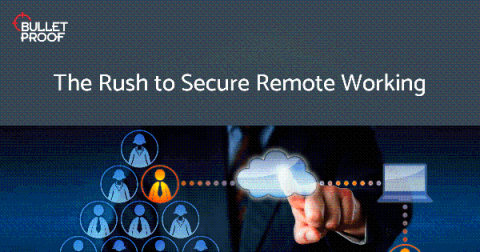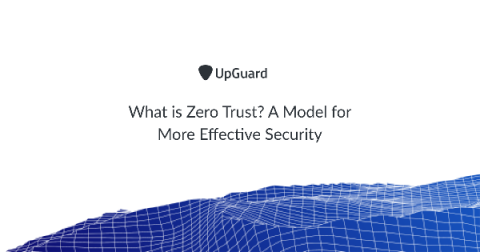How to Manage Redundant, Obsolete and Trivial Data
When a network contains an excess of redundant, obsolete and trivial (ROT) data, productivity and desired outcomes can take a hit. The good news is that organizations can significantly reduce the impact of ROT data when they plan properly and invest in the right tools.










